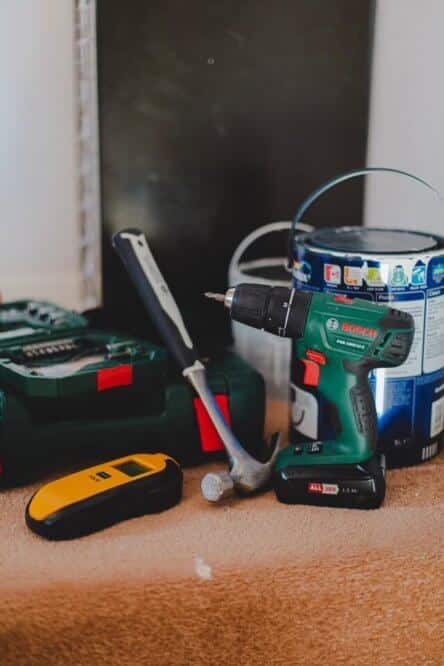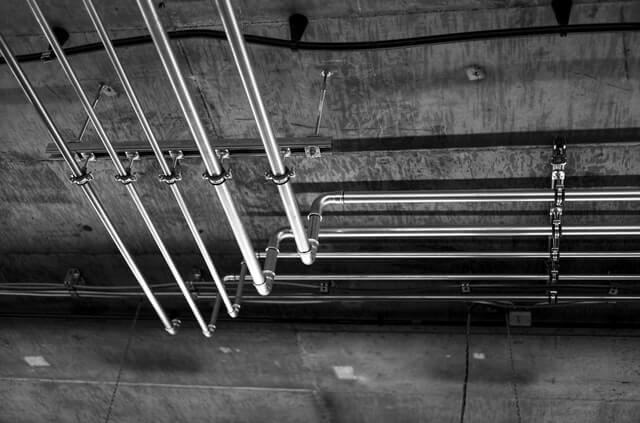The crawl space encapsulation is a rather direct process which helps us neglect some of the troublesome effects we can experience from our crawl space. These part of the house does need to be dealt with and if we don’t wanna commit to encapsulation we still need to find an alternative. Hence why we’ll be going through alternatives to crawl space encapsulation.
Is encapsulation of crawl space necessary?
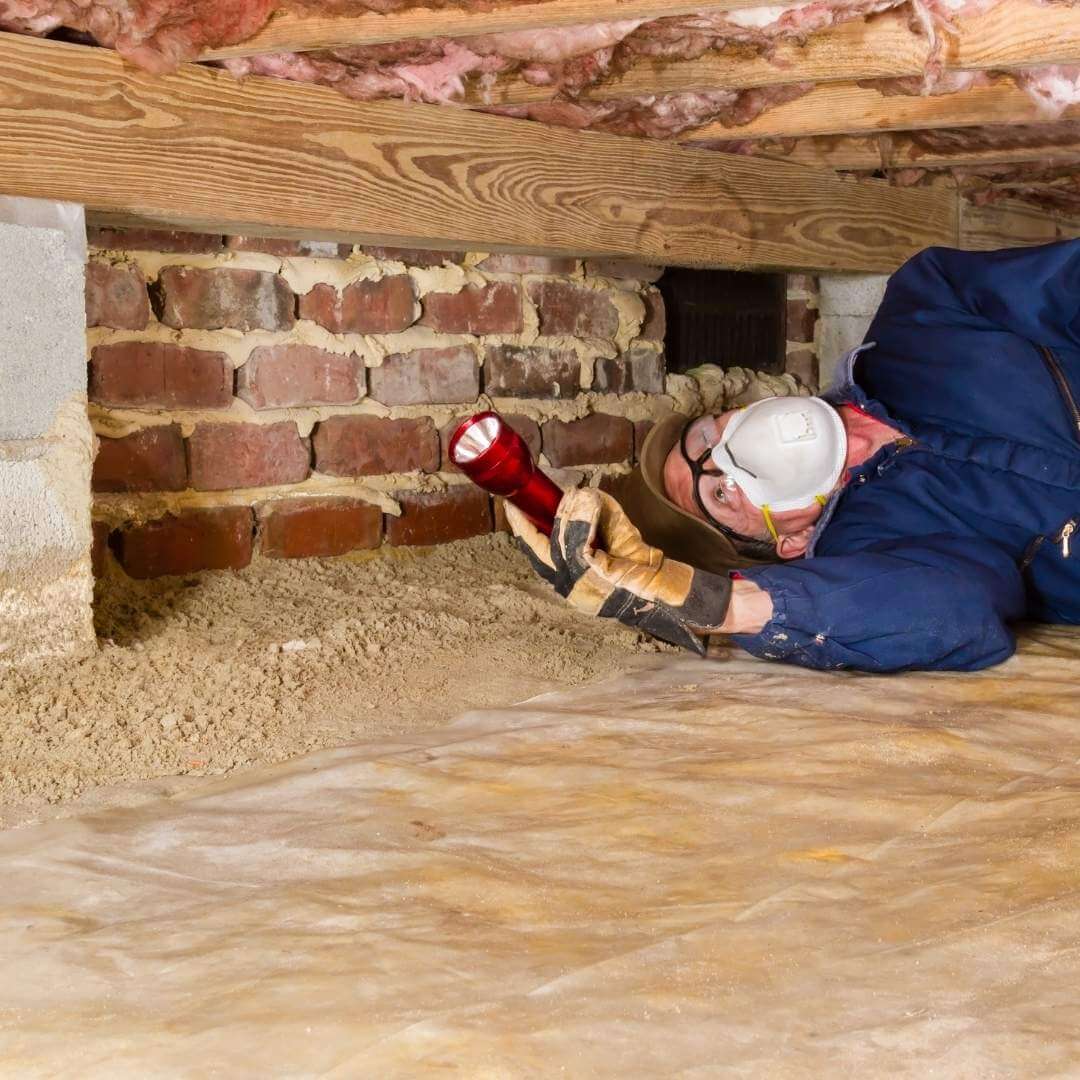
The quality of your crawl space is directly tied to how well it is insulated and maintained. Which is why encapsulation itself can be important. It is by no means mandatory but it can feel necessary in certain cases. Doubly so if we experience the following issues.
Moisture accumulation
Without an encapsulated crawl space, moisture has an infinitely easier time accumulating. The lack of insulation and dehumidification is bound to leave our crawl space very damp.
Looking for alternative solutions may work but leaving it without any may cause you far more headaches. This goes double for those living in wet climates where moisture is ever present. [1]
Mold
The crawl space is the best place for mold to form. It provides a secluded and wet area with a lot of space to spread. There’s ample spot for it all without even considering the amount of moisture in our specific crawl space. The fact that it’s nicely secluded beneath our house is quite enough for mildew and mold to form.
Pests
If your home is consistently a lair for pests, we recommend taking action through encapsulation and its alternatives. There is no wrong choice of going about it, as long as you pay ample attention to mitigating factors which attract pests.
How to do crawl space encapsulation?
If you decide to engage in encapsulation, you’ll need some commitment to the process. Anything from installation of vapor barriers to sump pumps are included in the mix of encapsulation. The reason for this being long-term protection of our crawl spaces. [2]
Oftentimes, people forget how far reaching encapsulation is. Knowing this will help you go through with it properly while also telling you whether encapsulation is the way to go. In some situations, it may show you that alternatives are preferable.
Encapsulation may have some downsides as well.
The said alternatives can be smaller in commitment sometimes. As is the case with simple installation of vapor barriers or sump pumps.
However, other types of alternatives will lead to even more work for more gain. Basement is a great example of one such situation, you’ll get a whole new room that can act as storage or basically anything else.
Alternatives to crawl space encapsulation
The whole process of encapsulating can be quite lengthy and require an incredible amount of effort. Sometimes, it’s better to use that effort for different solutions to the problem encapsulation usually solves.
There are no doubt great solutions to the same issue that can be accomplished. The basic ones are easier to resolve while the more complex ones are more fruitful than encapsulation.
Vapor barriers
A simplest way to go about moisture control is by introducing vapor barriers into your home. We will go into the whole process deeper and see how it contrasts to encapsulation later.
For now, what you need to know is that vapor barriers require far less effort to implement. These thin sheets of plastic can be inserted between our crawl space’s walls and columns to reduce moisture significantly.
Interior drainage system
In cases where encapsulation may be too weak for flooding ability and we do not want to introduce encapsulation in general, we can get interior drainage systems. These systems remove moisture throughout our home.
The crawl space and foundation are covered by the interior drainage system as well. These interior drainage systems are made to eliminate moisture from both inside and outside of our household.
Basement
Another alternative to encapsulation is doing a full conversion of your crawl space. The more pricey but considerable solution to crawl space is a basement. The basement can be used in many more ways than a simple crawl space but its true advantage is the ability to better circumvent any moisture problems.
A basement is larger, better fortified, and easily reinforced against moisture with the addition of sump pumps. As mentioned before, this is the pricier solution but still an alternative worth considering. Especially if you wish to expand your household and solving moisture issues in the crawl space at the same time. [4]
Can I put a dehumidifier in my crawl space without encapsulation?
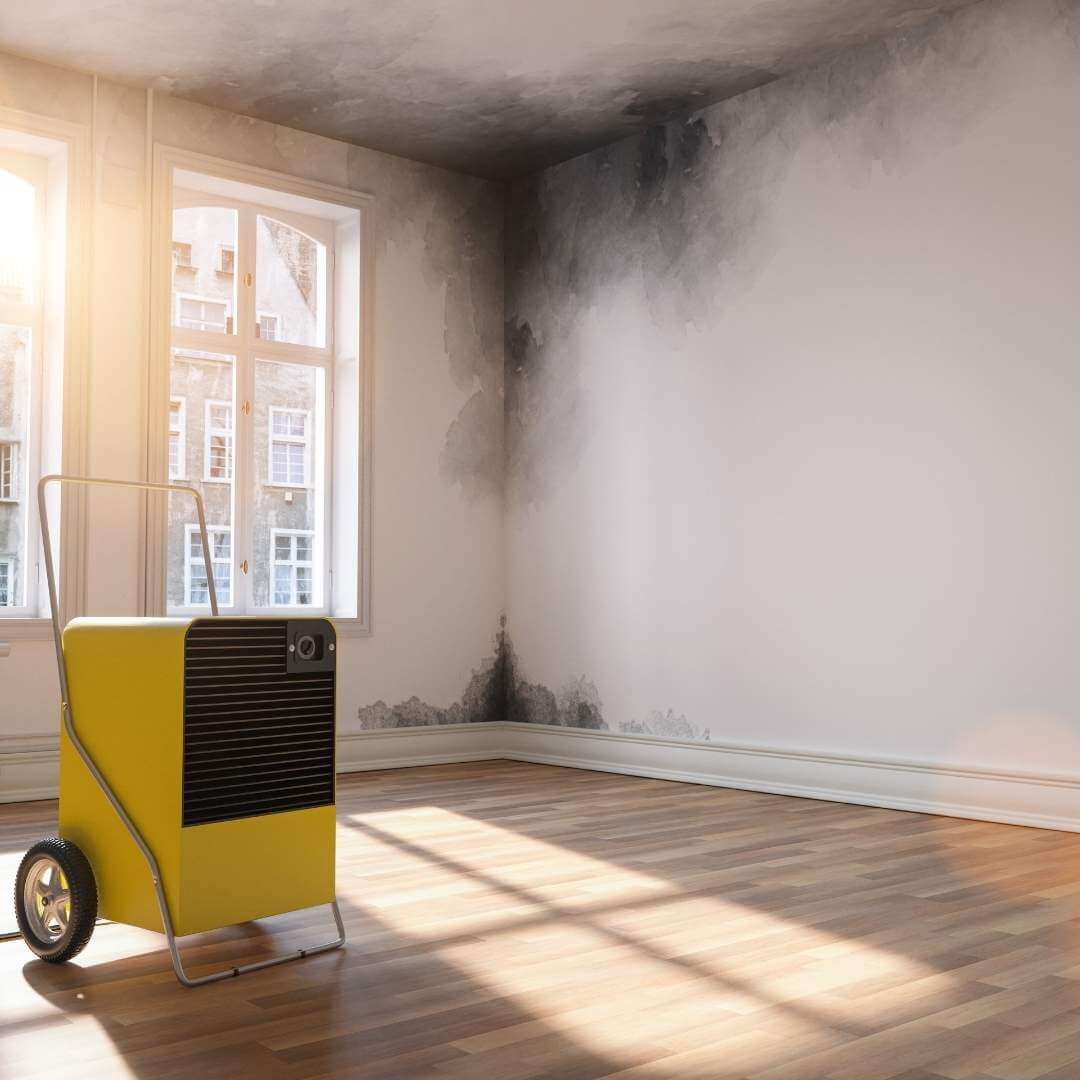
Installing a dehumidifier in your crawl space during encapsulation is a key part to maintaining proper air quality below your house. Even if there are ample barriers to regulate both, without a dehumidifier we are bound to only somewhat achieve this goal.
Without having encapsulated crawl space, the effect of your dehumidifier will be far less effective. However, it is still useful to have. The crawl space may not be encapsulated to maximize its use but the moisture is never absent from this place.
The effects of a dehumidifier on a crawl space
As already noted, encapsulation aims to maximize the use of a dehumidifier rather than being the sole reason it’s useful. On its own, a dehumidifier is more than capable of providing our crawl space with a much healthier lifespan. The effects of it are mainly tied to its capability to remove moisture from the air.
Reducing moisture in the air is a key part of any method of maintaining our crawl space. It is the most present issue that will spread further from our crawl space and into the household. Extreme moisture can even induce structural damage. There is no doubt when it comes to impact moisture can have on our home.
Damaging wooden surfaces and rotting them is the most frequent thing moisture can do to our home. However, it is far from the only one. Moisture can act as a haven for pests, mold, and other troubles our home will be better without.
Utilizing dehumidifiers means keeping our entire home just that much healthier. Even if you don’t take any other measures against moisture, you’ll see the effects of the dehumidifier. Do make sure it is properly installed and the size of it fits the demands our crawl space has. The size of the crawl space and the power of the dehumidifier are directly proportional. [5]
What is the difference between vapor barrier and encapsulation?
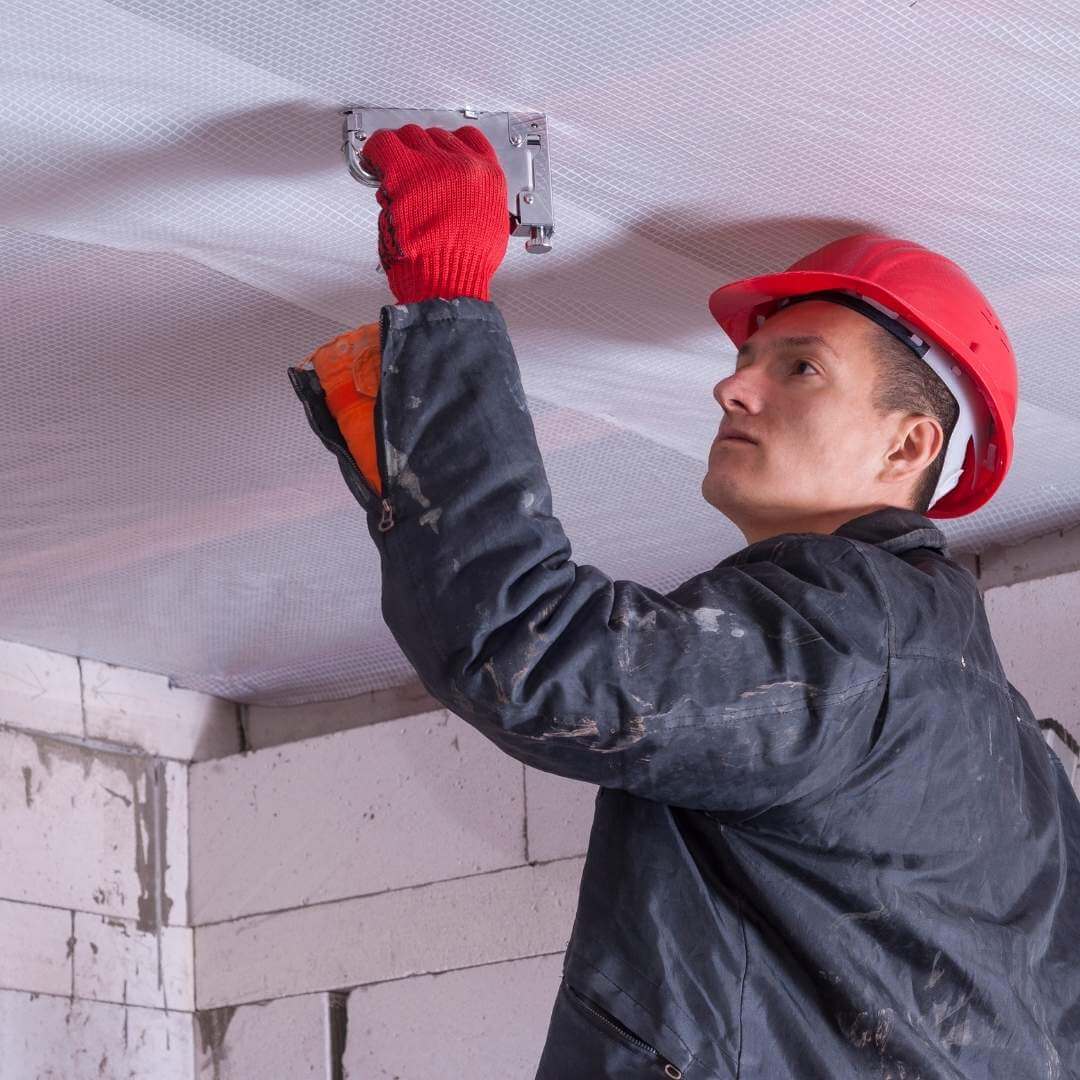
People will frequently mistake the vapor barrier and encapsulation. This usually comes from misinformation that the act of encapsulation only entails physically encapsulating a crawl space, often ignoring some finer details that bear mentioning.
Vapor barriers
In terms of crawl space protection, vapor barriers are one of the most basic pieces we can implement. These barriers have a simple purpose, slow down moisture. By doing this, vapor barriers manage to control and contain the moisture close to them. They are usually made of plastic but other materials are also available for vapor barriers.
These barriers are usually inserted into the walls and columns of the crawl space. Meaning you’ll need quite a few for bigger crawl spaces. They, just like dehumidifiers, can be installed separately from the whole process of encapsulation. [6]
Encapsulation
The process of encapsulation includes vapor barriers but isn’t composed exclusively from them. The vapor barriers will be required to reduce the flow of moisture into our home, as expected, but we will go far beyond that to resolve potential excess of dampness in the air.
Installation of said barriers usually comes a bit later in the process of encapsulation, taking place after the crawl space has been adequately cleaned. It is an important aspect of it, forming an immediate funnel for the moisture. Vapor barriers both help and are helped by dehumidifiers. The quality of air going up exponentially when these two work together.
Of course, aside from reduction of humidity or other associated factors, encapsulation has other benefits. The hardwood floors will be safe from buckling problems which can stem from moisture. The energy bill will also be lower, as the heat will be easier to maintain. On top of it all, encapsulation makes sure our home is kept in top shape for longer.
What is the best way to seal a crawl space?
Sealing of the crawl space is one of the key parts of encapsulation. Committing a proper execution of the process is important. Sealing off your crawl space will require a lot of plugging of vents, save for one or two which will be used for other parts of encapsulation. It is a work intensive process despite the act itself being simple, so let’s break it down.
The start of the sealing process
You should cut up the vapor barriers to a size that will fit the shape of the perimeter beam. The cut cover should be stuck to the perimeter beam, with the assistance of foundation tape. Adhesives are useful if you do not feel the pieces stick together well.
Next up, you should install wire stapes to the barrier. This is used in order to secure the beam. The previous step should be repeated until all the vents, save for one, are properly sealed.
Concluding the sealing process
The remaining vapor barrier should be sprawled onto the space’s floor, enhancing the quality of sealed vents. In the end, securing the vapor barrier with foundation tape while stretching it onto the perimeter is what you’ll need to conclude the act.
Close off properly
Not every vent has to be sealed. In fact, you should leave at least one open. This is the location where we will install a new type of vent which will act as a way to filter air in and out. It is useful as both a passive source of air purification and as a location for dehumidifier to “eject” unwanted air.
Do you close or not?
The actual sealing of vents is a contentious and divisive topic when it comes to craw space encapsulation. Some professionals note that removal of extra vents could hamper the moisture reduction while others claim it’s the best way to reduce it.
Both of these can be true, they usually depend on your location. Those areas that are quite damp will often do better with a single vent while arid ones aren’t as susceptible to the problems of constant influx of severe moisture.
However, the discussion can get even more granular. We suggest consulting on your local situation with professionals or neighbors who’ve encapsulated their crawl space. It’s the safest and most effective way to go about it. [7]
What is the average cost of crawl space encapsulation?
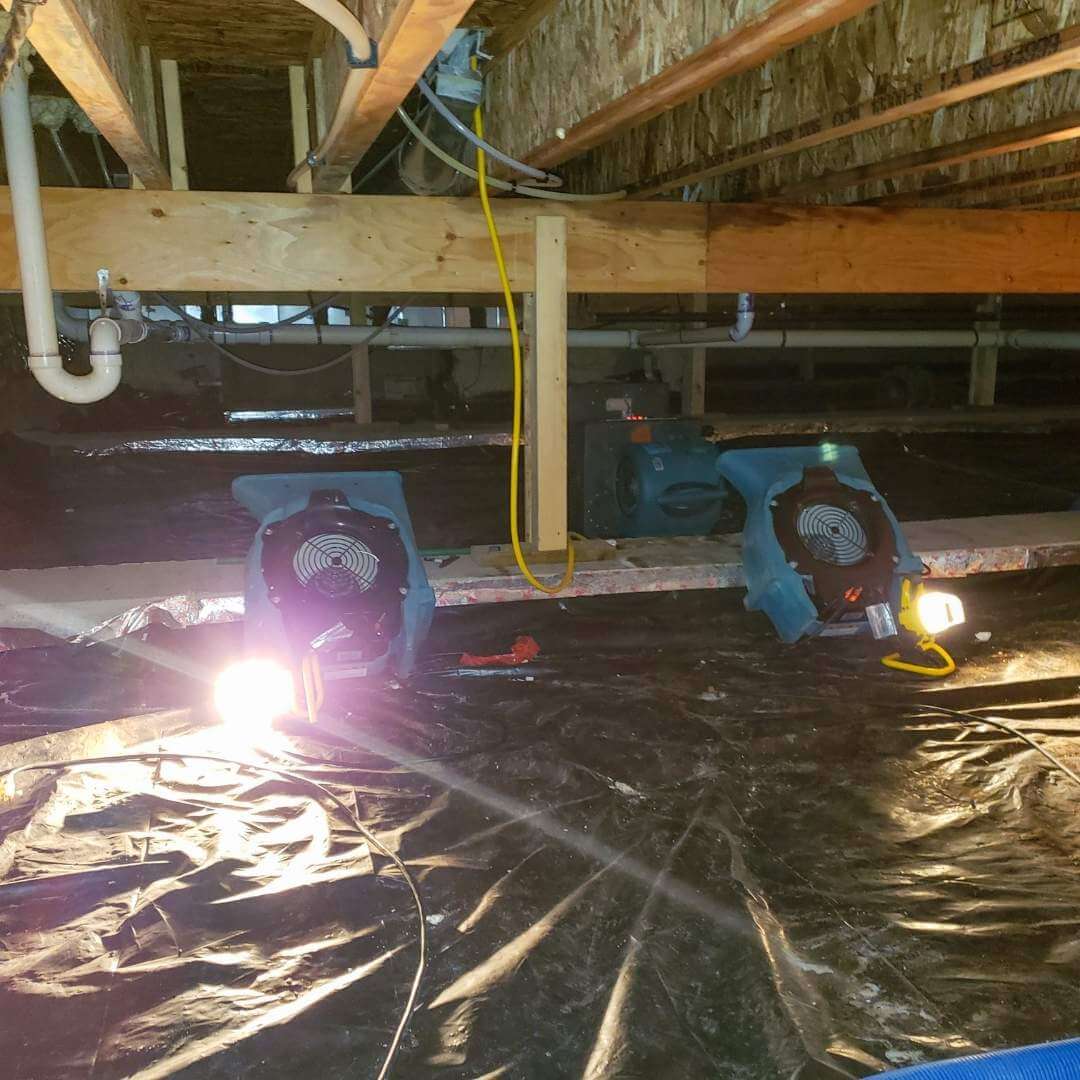
Another concern among those looking to encapsulate their crawl space is price. The cost of installing crawl space encapsulation can cut into people’s budgets, which can make or break the whole process.
The standard prices for crawl space encapsulation usually go between 1,500 and 5,000 dollars. This disparity in pricing comes from the differences in size between crawl spaces, the power of dehumidifiers required, and odd features that need to be smoothed out.
However, crawl space encapsulation can end up saving you cash in the long run. Its ability to maintain temperature better, reduction of structural damage, and general reinforcement to the building’s structure are worth it. Encapsulation could prevent pricey repairs we’d otherwise accumulate too.
Conclusion
Alternatives to crawl space encapsulation exist. In fact, they are quite widespread. This means that we aren’t locked into one single choice when resolving our issues with moisture. The amount of choices available means we’ll be able to adjust to our budget and situation easily.
Alternatives should be considered even if we can afford a full encapsulation. Some of them could prove more fruitful than encapsulation. Do consult professionals and local conditions before deciding. Not every location is perfect for any form of moisture control. Knowing more about your crawl space is always the best way to m

Michael Davis is a heating & plumbing expert who currently works as independent contractor in SC. He also writes for Plumbertip.
For almost 10 years he worked on various plumbing tasks across South Carolina.
